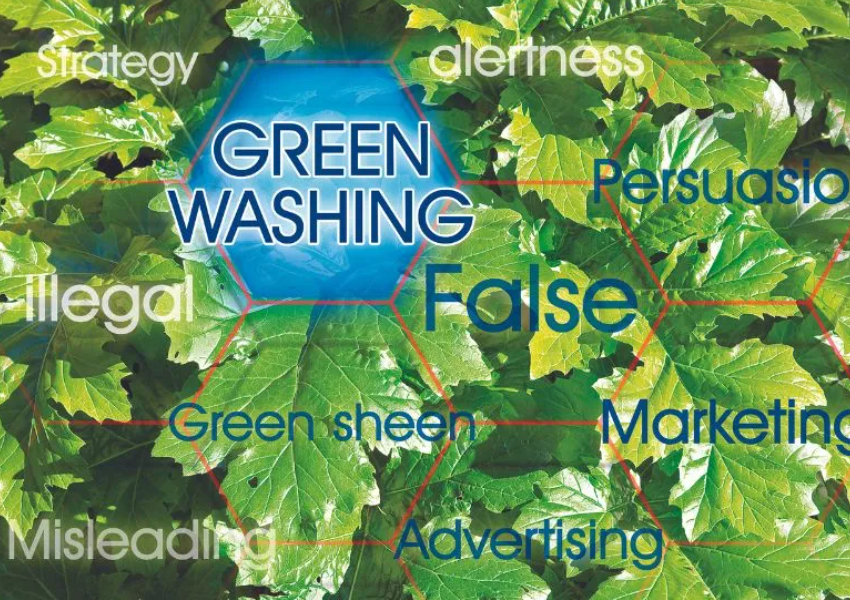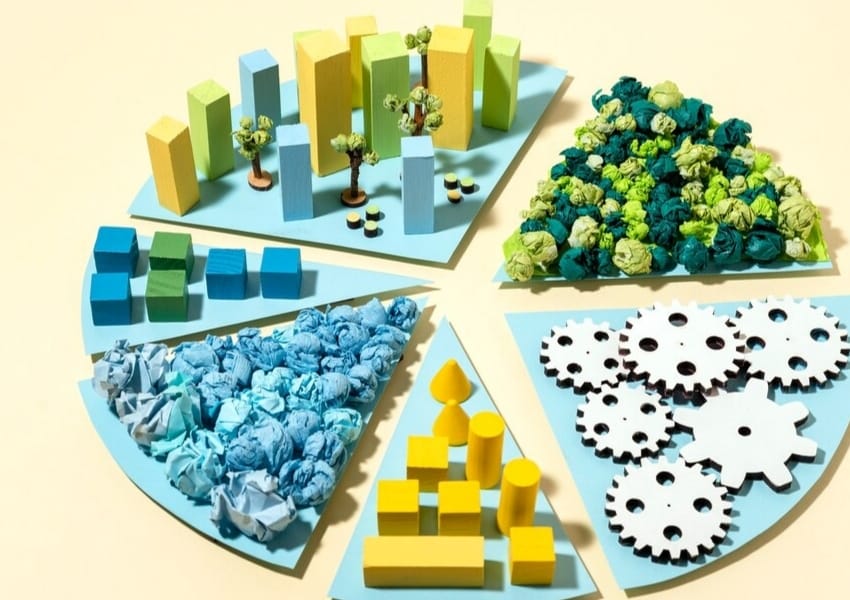Indoor Air Pollution Could Impact Creative Potential Of Occupants, Study Finds

Indoor air quality at offices could negatively impact the creativity of workers, according to a new study
Researchers at the Nanyang Technological University (NTU), Singapore, found that the 87 study participants, all undergraduate and postgraduate students, produced creative output with lower scores when there were high indoor levels of volatile organic compounds, including gases released from products such as detergents, perfumes and paint.
They further found that lowering total volatile organic compounds (TVOC) levels in a room by 72 per cent could improve a student’s creative potential by 12 per cent. They have published their findings in the journal Scientific Reports.
The lead researcher, Wan Man Pun from the School of Mechanical & Aerospace Engineering, NTU, mentioned that there could be serious consequences for industries heavily dependent on creativity. He pointed out that, for example, artists frequently utilise paints and thinners emitting high levels of volatile organic compounds. He added that these artists might not be aware of the necessity for sufficient ventilation to remove these compounds from their workplace.
For the study spanning over six weeks, the researchers recruited undergraduate and postgraduate students in a controlled environment depicting an indoor workspace.
Every week across three 40-minute sessions, the participants read a summary of a global issue such as climate change, mental health and poverty and then offered a solution by building a 3D model using LEGO bricks.
The students were then asked to produce a written description and explanation for their models. The combined output of models and the descriptions were adjudged for creativity on the basis of ‘Originality’, ‘Fluency’ (how well the solution was described) and ‘Build’ (how sophisticated or aesthetic the solution was), the researchers said in their study.
They said they developed this means of quantifiably ascertaining the students’ creative potential and called it the “Serious Brick Play”, adding that it was largely adapted from the LEGO Serious Play framework, which involves expressing thoughts and ideas using 3D LEGO brick models.
In each of these sessions, the researchers manipulated the work environment’s air quality by controlling air filters and varying the levels of pollutants, including carbon dioxide, PM2.5 and TVOC. PM2.5 refers to air pollutants with diameter less than 2.5 micrometres and include aerosols and sprays.
Analysing data gathered from 18 sessions, the researchers found that higher ambient TVOC levels led to the students producing solutions with lower creative potential.
They also found, through statistical analysis, that reducing these levels by 72 per cent, even from a threshold acceptable as per Singapore Standards of 1,000 parts per billion to 281 parts per billion, enhanced the participants’ creativity by 12 per cent.
The team however found less significant relationships between PM2.5 and creativity as well as between carbon dioxide levels and creativity.
The findings reveal how indoor air quality could impact the mind and creative cognition, or the ability to use knowledge in an unconventional way, the researchers said. They are now studying the ways in which such pollution affects cognition by measuring brain activity.
(PTI)




































































































































































































































































































































































































































































































































































































































































































































































































































































































































































































































































































































































































